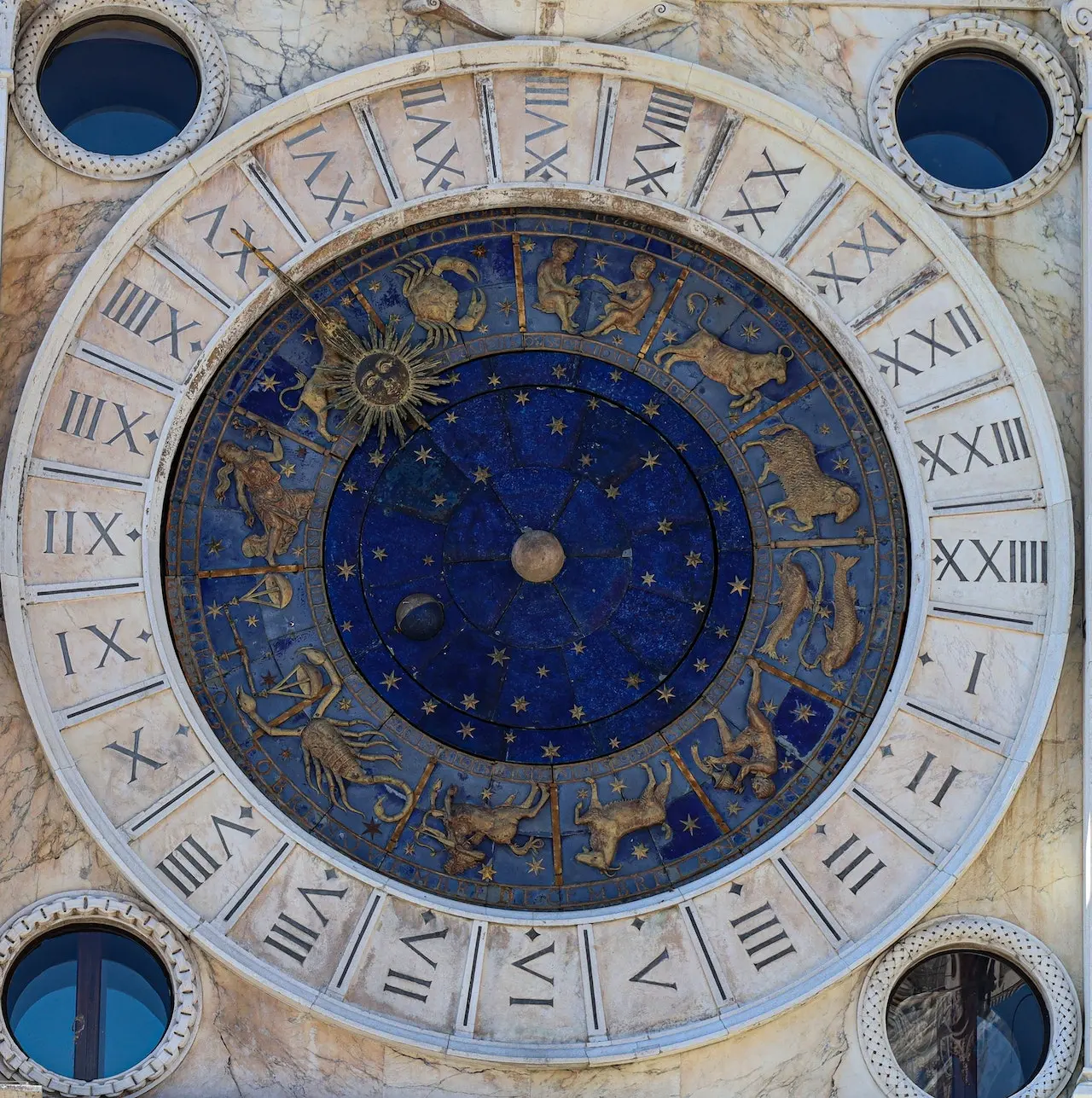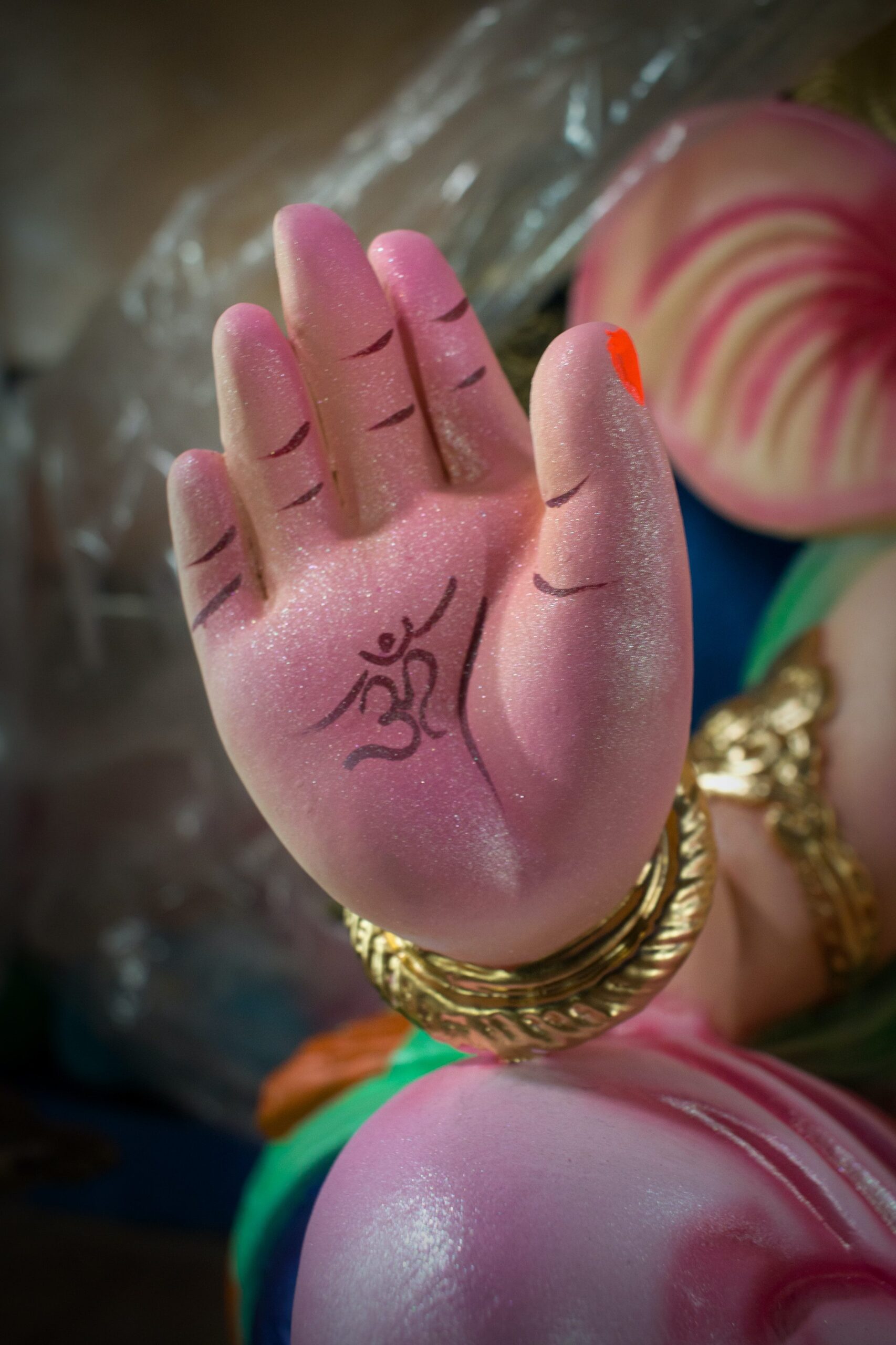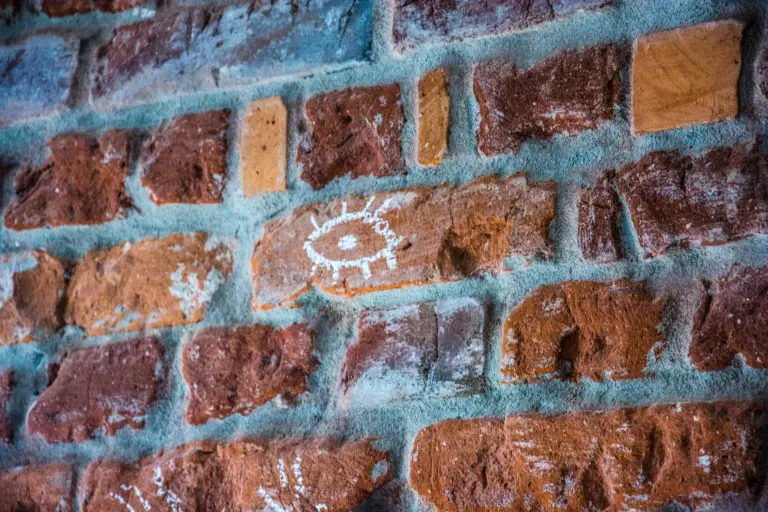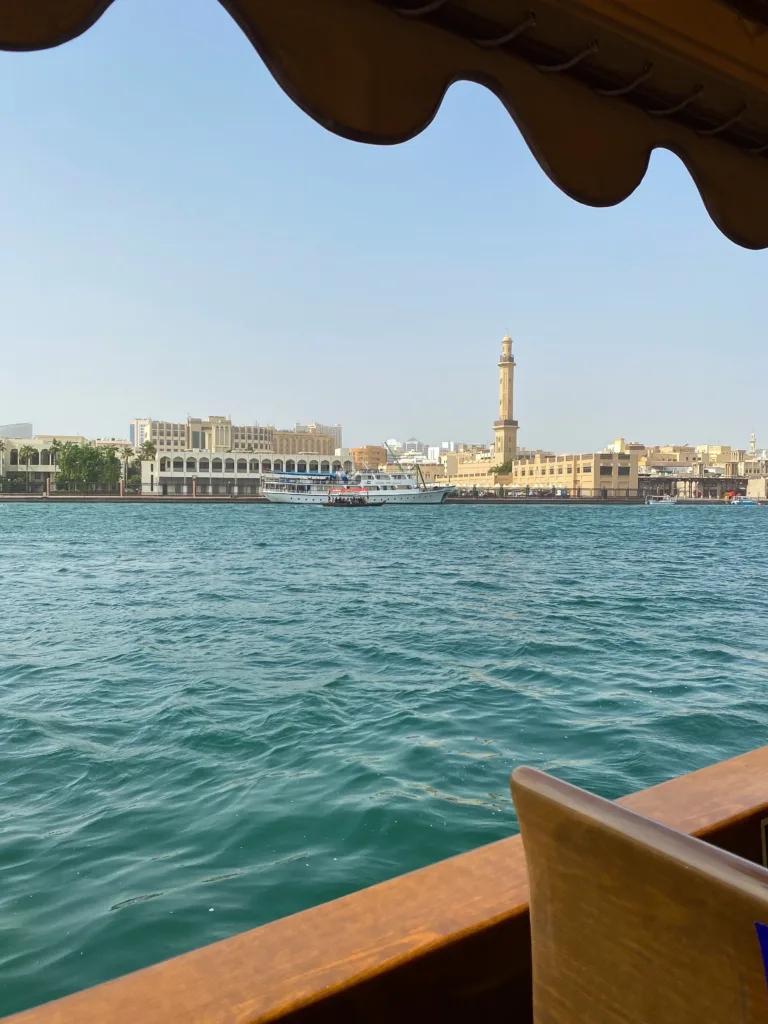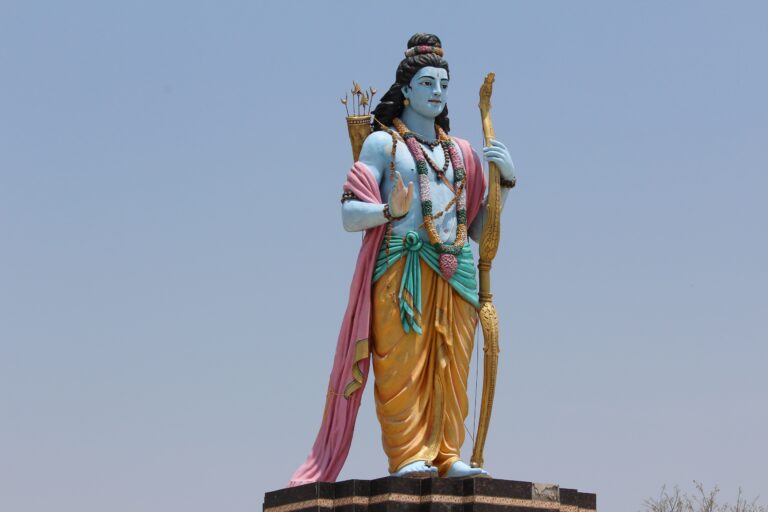The Ankh stands as one of the most recognizable symbols from ancient Egypt, known to many as the “Key of Life.” This emblem of life represents the ancient Egyptians’ quest for immortality.
Through its rich journey from the hands of pharaohs to its ubiquitous presence in contemporary culture, the Ankh symbolizes life, the vivifying elements of water and air, and the zest of existence itself.
In this exploration, we’ll understand its origins, symbolism, and the everlasting impact of the ancient “Key” that continues to unlock curiosity around the world.
Table of Contents
Toggle
Origin of the Ankh
The Ankh’s journey through history begins in the Early Dynastic Period of Egypt, as far back as 3000 BCE, where it makes its first known appearances on tomb inscriptions. However, it is during the Old Kingdom, the age of pyramid-building, that the Ankh truly begins to take prominence, symbolizing both physical and eternal life.
In fact, it’s one of the most used symbols in Egyptian hieroglyphics! Almost every Egyptian god is depicted with the Ankh, including Bastet, the famous cat goddess.
The historical significance of the Ankh can also be linked to the Amarna Period, under the reign of Pharaoh Akhenaten. During this time, the Ankh was often associated with the sun, giving life to the world.
Symbolism of the Ankh
The Ankh is often referred to as the symbol of life and immortality, a key to the unknown, and a passport to the afterlife.
Its looped top is reminiscent of the sun rising above the horizon, embraced by the open arms of the earth, while its cross represents the path of the sun.
The Ankh’s form has been interpreted as a union of the masculine and feminine, with the loop representing the womb and the cross being a phallic symbol, hence associating it with fertility and creation.
The symbol also represented immortality and the world beyond the living. It signified the life-giving elements of water and air, which are essential to sustain life on earth and to which the dead would need access in their journey through the afterlife.
In the context of the afterlife, the Ankh appears in many tomb paintings, suggesting that it served as a key to unlock the gates of the netherworld, allowing the deceased to enter the realm of eternity.
The Ankh is also sometimes depicted in close association with the Djed Pillar (signifying stability) and the Was Scepter (signifying power), highlighting its integral role in the concept of life and dominion over the material and ethereal realms.
The Ankh and Egyptian Mythology
In Egyptian mythology, the Ankh is more than just a symbol—it is an instrument of divine power, deeply woven into the fabric of the gods’ narratives and the cosmic functions they oversee.
The Ankh’s presence in creation stories is especially significant as it often symbolizes the life-giving power of the gods and the essence of all creation.
- For instance, in the mythos surrounding Atum, the first god who emerged from the chaos of Nun, the Ankh is sometimes considered to represent the breath of life that Atum breathed into the first couple, Shu (air) and Tefnut (moisture), giving birth to the ordered world.
- In the story of Osiris, the Ankh plays a crucial role in signifying rebirth and regeneration. Osiris, after being murdered and dismembered by his brother Set, is resurrected by Isis, his sister-wife, who uses the Ankh to bring him back to life. Thus, Osiris becomes the lord of the afterlife, and the Ankh associated with him becomes a potent symbol of life triumphing over death.
- For Isis, the Ankh represents her role as the mother of all living things and her power to grant life, including the resurrection of Osiris, which reinforces her status as the divine mother of the Pharaoh, who was considered the living god on earth.
- The sun god Ra is also often shown holding the Ankh to represent his role as a source of life.

The Book of the Dead
The Ankh’s significance is further illuminated by its frequent appearances in ancient Egyptian texts, notably the “Book of the Dead“—a collection of funerary texts intended to guide the deceased through the underworld and into the afterlife.
In these writings, the Ankh is often mentioned as a key element in the journey of the soul, symbolizing eternal life and resurrection. The texts describe scenes where the dead receive the Ankh sign from the gods, essentially granting them the breath of life for their existence in the hereafter.
Furthermore, in medical texts such as the Ebers Papyrus, which details remedies and medical knowledge, the Ankh appears in the context of health and healing, suggesting it was believed to have life-giving properties that could also cure ailments.
The Opening of the Mouth Ritual
One of the most profound ceremonies in which the Ankh played a crucial role was the “Opening of the Mouth” ritual. This ceremony, vital for the deceased’s journey into the afterlife, was depicted in many temple carvings. High priests or the deceased’s successor would perform the ritual using instruments shaped like the Ankh to symbolically open the mouth of the mummy or statue of the deceased.
This act was believed to restore the senses and revitalize the spirit of the dead, allowing them to eat, drink, speak, and breathe in the afterlife, thus partaking in the eternal life that the Ankh symbolized.

The Ankh in Hieroglyphics
In hieroglyphics, the Ankh represented the concept of eternal life and was often used in the writing of words associated with health, vitality, and life itself.
Phonetically, the Ankh symbol represented the combination of sounds akin to “ankh,” which could be part of larger words. It was not just a standalone symbol but an integral part of the language, contributing to the formation of words and expressions that conveyed complex concepts.
Beyond its phonetic usage, the Ankh was frequently used in the phrases that spoke of the gods and their eternal natures, as well as in the context of kingship, where it signified the divinely bestowed life force of the pharaoh.
Here are some common phrases:
- “Ankh, Udja, Seneb” (“Life, Prosperity, Health”) was a common Egyptian phrase, wishing for all the essential aspects of a full and complete existence. This phrase was often found inscribed in tombs and on amulets.
- “Ankh nefer” (meaning “beautiful life”) was a term that could be used to describe objects of beauty or to wish someone a satisfying life.
- The title “Ankhu” was given to high officials and meant “the one who lives,” indicating their high status and perhaps their closeness to the eternal life the gods enjoyed.
- Pharaohs were often called “Neb-Ankh,” which translates to “Lord of Life,” signifying their supreme role as the source of life for their subjects and the land.

The Ankh's Usage in Ancient Egypt
In the daily lives of the ancient Egyptians, the Ankh was more than just a lofty symbol of divine life and immortality; it had a practical and personal resonance that permeated their everyday existence. Its presence on common objects highlights how deeply the values and beliefs symbolized by the Ankh were woven into the fabric of Egyptian daily life.
- Household Items: Mirrors, in particular, often featured handles in the shape of an Ankh, possibly to invoke the idea of viewing one’s reflection through the lens of eternal life, thereby asserting the user’s desire to be seen as embodying the qualities of the Ankh. This could also reflect the belief in the magical properties of mirrors not only to reflect one’s image but also to ward off evil and ensure protection and good health.
- Jewelry and Amulets: The use of the Ankh as a motif in jewelry was widespread, with amulets and talismans being crafted in its shape. Worn by the living, these items served as a daily reminder of life’s sanctity and the promise of immortality. It was also thought to confer protection and health upon the wearer, effectively functioning as a personal charm against the dangers of the physical and spiritual worlds.
- Art and Decor: Frescoes and wall paintings within homes often included the Ankh as part of a decorative theme that invoked well-being, fertility, and prosperity. Its inclusion in the domestic sphere suggests that the Ankh was a symbol of hope and a life-affirming emblem for the Egyptians, representing their desire for a blessed existence.
The Ankh in Other Cultures
The Ankh’s influence extended beyond the sandy borders of Egypt, infiltrating other cultures through the expansive reach of trade, the ebb and flow of conquests, and the organic process of cultural assimilation.
-
The Romans: In places where Egyptian religion and foreign beliefs met, the Ankh often found a place within local religious iconography, merging with indigenous symbols to create new meanings. For instance, symbolic syncretism with the Romans came after coming into contact with Egyptian culture. The Romans then adapted the Ankh in their own iconography, blending it with their symbolic language.
-
The Ankh in Christianity: The Coptic Christian church, which emerged in Egypt, adopted the Ankh as a symbol of life eternal, aligning it closely with the Christian cross. You can find plenty of these in the Coptic Quarter of Cairo.
-
Influence on Occult Traditions: In theosophy, alchemy, and modern neopaganism, it has come to represent life, the balance of opposites, and immortality, echoing its ancient Egyptian roots while acquiring new layers of meaning.
-
The Ankh in African and Diasporic Identity: For many in the African diaspora, the Ankh serves as a connection to African antiquity and heritage. It is often used as a symbol of African unity and pride, representing a historical continuity and a reclaiming of an African past that had been obscured or appropriated by other cultures.

